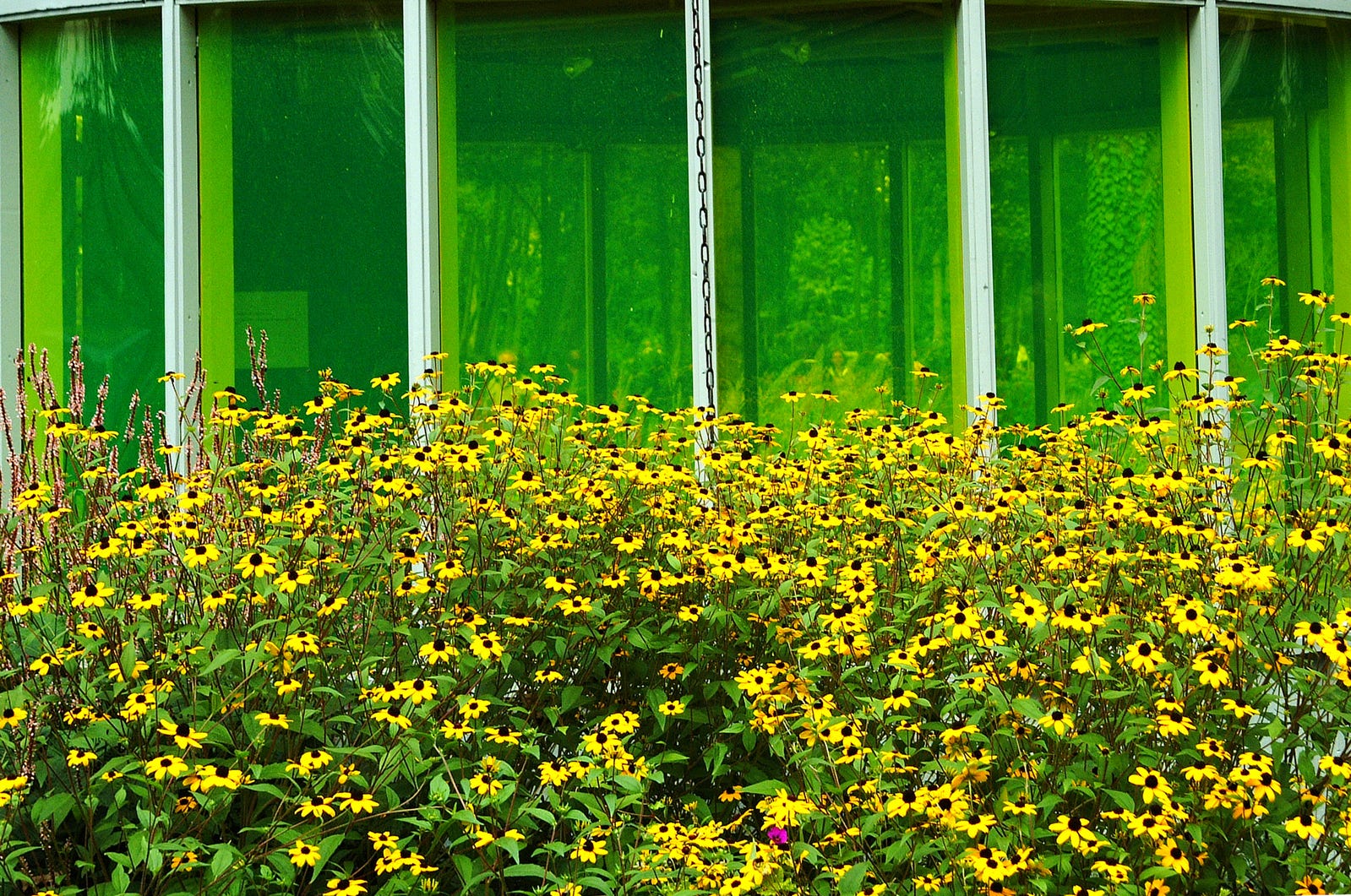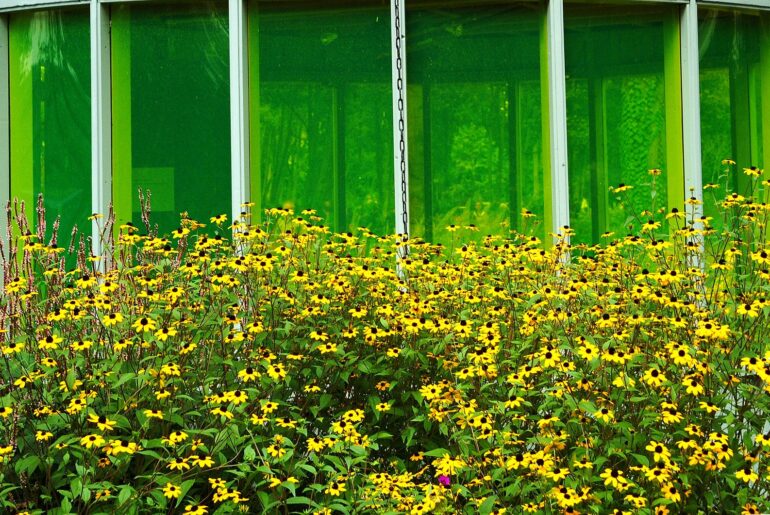대구외고 2학년 기말고사 대비(Greenwashing)-(3)
대한민국 1% 영어강사, 찍신 이상엽 쌤은 내신과 수능에 최적화된 실전문제를 제공합니다. 이상엽 쌤은 대구외고 수험생들을 위해 선생님들의 출제경향을 정확히 분석해 맞춤예상 문제를 제공합니다. 본 문제에 대한 궁금한 점 또는 영어가 어렵고 고민이면, 010-2818-6994로 연락주세요.
GREENWASHING AND SINGLE-USE PLASTICS
One of the most pervasive examples of greenwashing is in the world of single-use plastic. Did you know that half of the world’s disposable plastic has been produced in the last 15 years! And 91% of plastic produced globally is NOT recycled. You have probably already heard of the global plastic-in-the-ocean-disaster we are seeing, with stats that say there will be more plastic than fish in the ocean by 2050 and the horrific images of once pristine beaches being overwhelmed by plastic debris. It’s no wonder the world is up in arms about this tragic by-product of our disposable lifestyles.
This alarming issue drove us to create our free Post-Disposable Activation Kit, and it’s why we talk so much about the dangerous idea that recycling will solve all the problems, when in fact the main issue is that we have normalized disposability to the point where everything is valueless. And not only is recycling a bit of environmental folklore, but so are many of the bioplastics being marketed as sustainable design solutions.
Bioplastics are plastics made from bio based polymers that are engineered to perform like normal petrochemical plastics. In nearly every case, they need a certain set of conditions to break down in (oxygen and sunlight that aren’t present in a landfill or the ocean, for example). Further to the end of life management issues, they also require a certain amount of petrochemicals in their production phase so often have a similar amount of ‘plastic products’ embedded within them. Additionally, since plastic bags take a lot of energy and other resources to manufacture in the first place, a “friendlier” plastic is not helpful at all when using life-cycle thinking. The FTC began cracking down on the misleading claims of bioplastic manufacturers in 2013 and handed out more warnings to marketers in 2014.
This was the case in Australia years ago when a plastic bag company swapped to ‘biodegradable’ plastic, which technically didn’t fully degrade, but instead just breaks down into smaller parts unless it’s processed in a digester specifically designed to create the conditions for biodegradation. What is actually needed is a compostable bag, which is a different thing entirely. The bag made big eco claims, and the consumer affairs watchdog fined them and required them to stop selling the product as it was completely false. In fact, Australia has this entire guide on how to avoid greenwashing!
As consumers, we have the power to see through the greenwashing and calling bullshit where it’s due, rather then falling into the safe belief that there are simple solutions to complex problems. We can continue to pressure corporations to create truly viable, post-disposable, sustainable and circular design solutions by changing our own habits and behaviours to support the more sustainable options. We believe that all of these problems are solvable with good design, a systems mindset, and services that reconfigure how we meet our human needs without damaging Earth in the process. If you want to participate in the global post-disposable redesign challenge, check out this set of design briefs that we created.
[해석]
일회용 플라스틱 세계에서 가장 만연한 그린워싱(Greenwashing, 위장 친환경) 사례 중 하나가 존재합니다. 전 세계 일회용 플라스틱의 절반이 지난 15년 사이에 생산되었다는 사실, 알고 계셨나요? 그리고 전 세계적으로 생산된 플라스틱의 91%는 재활용되지 않습니다. 이미 많은 분들이 해양 플라스틱 재앙에 대해 들어보셨을 것입니다. 2050년까지는 바다 속 플라스틱이 물고기보다 더 많아질 것이라는 통계도 있으며, 한때는 아름다웠던 해변이 플라스틱 쓰레기로 뒤덮인 끔찍한 이미지도 많이 보셨을 겁니다. 이런 비극적인 결과 앞에 세계가 분노하는 것은 당연한 일입니다.
이 심각한 문제는 우리가 ‘포스트–디스포저블 액티베이션 키트’를 무료로 만든 계기이며, 우리가 “재활용이 모든 문제를 해결해 줄 것“이라는 위험한 환상에 대해 끊임없이 이야기하는 이유이기도 합니다. 사실 가장 큰 문제는 ‘버려도 되는 일회성 소비문화’를 우리가 너무나도 당연하게 받아들이게 되었다는 것입니다. 그리고 재활용은 일종의 환경 미신일 뿐만 아니라, 현재 지속가능한 디자인 솔루션이라고 홍보되는 바이오플라스틱 중 상당수도 마찬가지입니다.
바이오플라스틱은 생물 기반 폴리머로 만들어져 일반 석유화학 플라스틱처럼 작동하도록 설계된 플라스틱입니다. 하지만 대부분의 경우, 이들은 산소와 햇빛 같은 특정 조건이 있어야만 분해되며, 이런 조건은 매립지나 바다에는 존재하지 않습니다. 분해 문제 외에도, 생산 과정에서 석유화학 원료를 일정 부분 필요로 하기에 실제로는 일반 플라스틱과 비슷한 수준의 ‘플라스틱 요소’를 포함하고 있습니다. 또한, 비닐봉지는 처음부터 제조 시 엄청난 에너지와 자원을 필요로 하므로, ‘조금 더 친환경적인 플라스틱’은 전혀 도움이 되지 않습니다 — 특히 생애주기(Life Cycle) 관점에서 본다면 말이죠.
미국 연방거래위원회(FTC)는 2013년부터 바이오플라스틱 제조업체들의 허위·과장 광고에 대해 단속을 시작했으며, 2014년에는 마케팅 담당자들에게 경고 조치도 취했습니다.
호주에서는 몇 년 전 한 플라스틱 봉투 업체가 ‘생분해성’ 봉투로 교체한 사례가 있었습니다. 하지만 이 플라스틱은 실제로는 완전히 분해되지 않고, 특정한 분해 환경(산소·온도·미생물 등)이 마련된 처리 시설에서만 제대로 분해될 수 있었으며, 그렇지 않으면 단지 작은 조각으로만 부서질 뿐이었습니다. 실제로 필요한 것은 ‘퇴비화 가능한(compostable)’ 봉투였고, 이는 완전히 다른 개념입니다. 이 회사는 거대한 친환경 마케팅을 벌였지만, 소비자보호 당국은 이들이 거짓 광고를 했다고 판단하여 벌금을 부과하고 판매 중단 조치를 내렸습니다. 호주에는 실제로 그린워싱을 피하는 법에 대한 공식 가이드도 존재합니다!
소비자인 우리는 그린워싱을 간파하고, 필요한 곳에서는 그것을 직시하는 용기를 가져야 합니다. 복잡한 문제에는 간단한 해결책이 있다고 믿는 안전한 환상에 안주해서는 안 됩니다. 우리 자신이 더 지속가능한 선택지를 지지하고, 행동 습관을 바꿈으로써 기업들이 진정한 ‘포스트–디스포저블’, 순환적이고 지속가능한 디자인 솔루션을 내놓도록 압박할 수 있습니다.
우리는 이러한 문제들이 모두 좋은 디자인, 시스템적 사고, 그리고 인간의 필요를 지구를 해치지 않고 충족시킬 수 있는 새로운 서비스 모델로 해결 가능하다고 믿습니다. 전 세계의 포스트–디스포저블 재설계 챌린지에 참여하고 싶으시다면, 저희가 만든 디자인 브리프 세트를 꼭 확인해보세요.
Summary of Key Insights
1. Massive plastic production is recent and mostly unrecycled:
Half of all disposable plastic was made in the last 15 years, and 91% of it is not recycled.
2. The world is facing a severe ocean plastic crisis:
By 2050, there could be more plastic than fish in the ocean.
3. Recycling is not the solution:
Recycling has become a comforting myth that diverts attention from the real issue — our normalization of disposability.
4. Bioplastics are misleading:
Despite being marketed as eco-friendly, most bioplastics:
o Need special conditions to degrade (not available in landfills/oceans),
o Still require petrochemicals to produce,
o Don’t solve the environmental impact across the full life cycle.
5. False green claims have legal consequences:
For example, in Australia, a company was fined for falsely advertising plastic bags as biodegradable when they weren’t truly compostable.
6. Consumers have the power to push change:
By rejecting greenwashing and changing habits, we can demand real, sustainable, post-disposable solutions.
7. Systems thinking and good design can solve these issues:
The problems are complex, but solvable through thoughtful redesign and shifting how we meet human needs.
주요 내용 요약
1. 플라스틱 생산은 최근 15년 사이 급증했고, 대부분 재활용되지 않는다:
전 세계 일회용 플라스틱의 절반은 최근 15년 동안 만들어졌으며, 91%는 재활용되지 않는다.
2. 해양 플라스틱 위기가 심각하다:
2050년까지 바다 속 플라스틱이 물고기보다 많아질 수 있다.
3. 재활용은 근본적인 해결책이 아니다:
재활용은 위안을 주는 신화일 뿐, 문제의 핵심은 ‘일회용 소비문화의 일상화’이다.
4. 바이오플라스틱은 오해를 낳는다:
친환경으로 홍보되지만 실제로는:
o 특정 조건(산소·햇빛 등)이 없으면 분해되지 않으며,
o 제조에 여전히 석유화학 원료가 필요하고,
o 제품 전체 생애주기에서 환경 영향을 줄이지 못한다.
5. 허위 친환경 마케팅은 법적 제재를 받는다:
호주의 한 기업은 생분해성 플라스틱을 잘못 홍보해 벌금을 물고 판매 금지를 당했다.
6. 소비자는 변화를 이끌 수 있다:
그린워싱을 비판하고 행동을 바꿈으로써 진정한 지속 가능한 해법을 요구할 수 있다.
7. 시스템적 사고와 좋은 디자인이 해결책이 될 수 있다:
문제는 복잡하지만, 인간의 필요를 해치지 않으면서도 지속가능한 방식으로 재설계하면 해결 가능하다.


